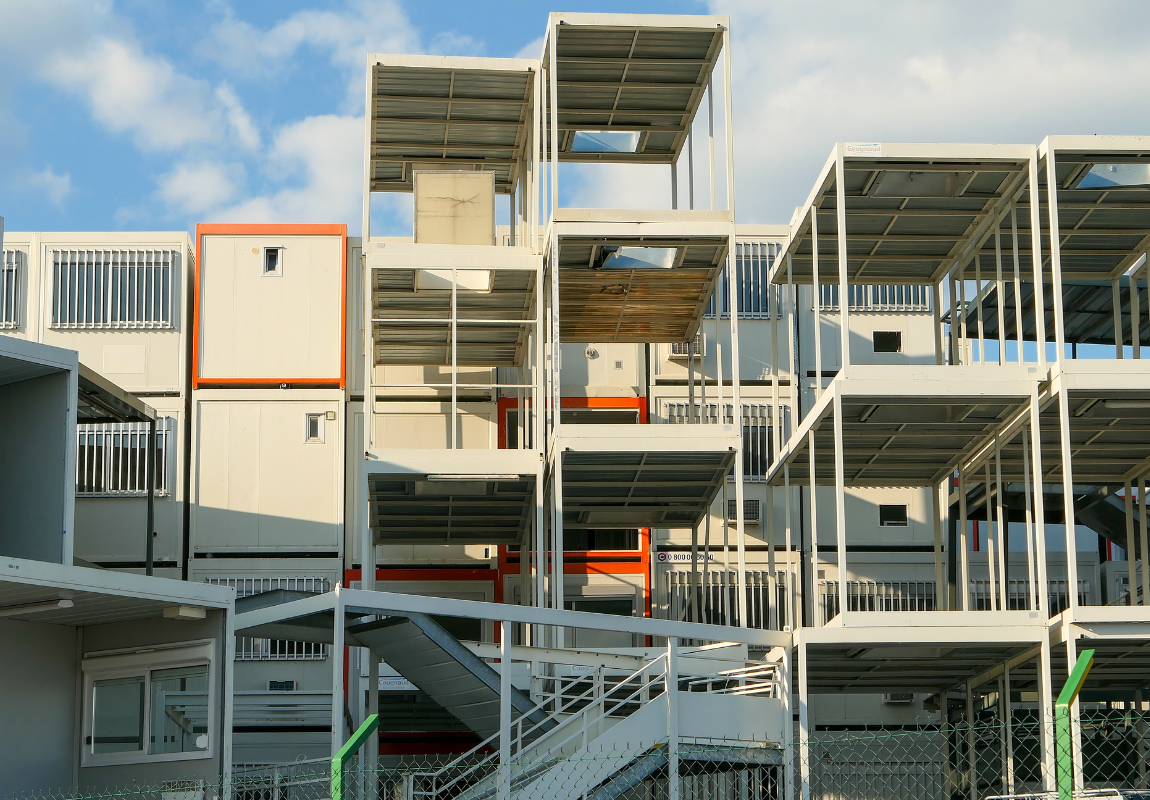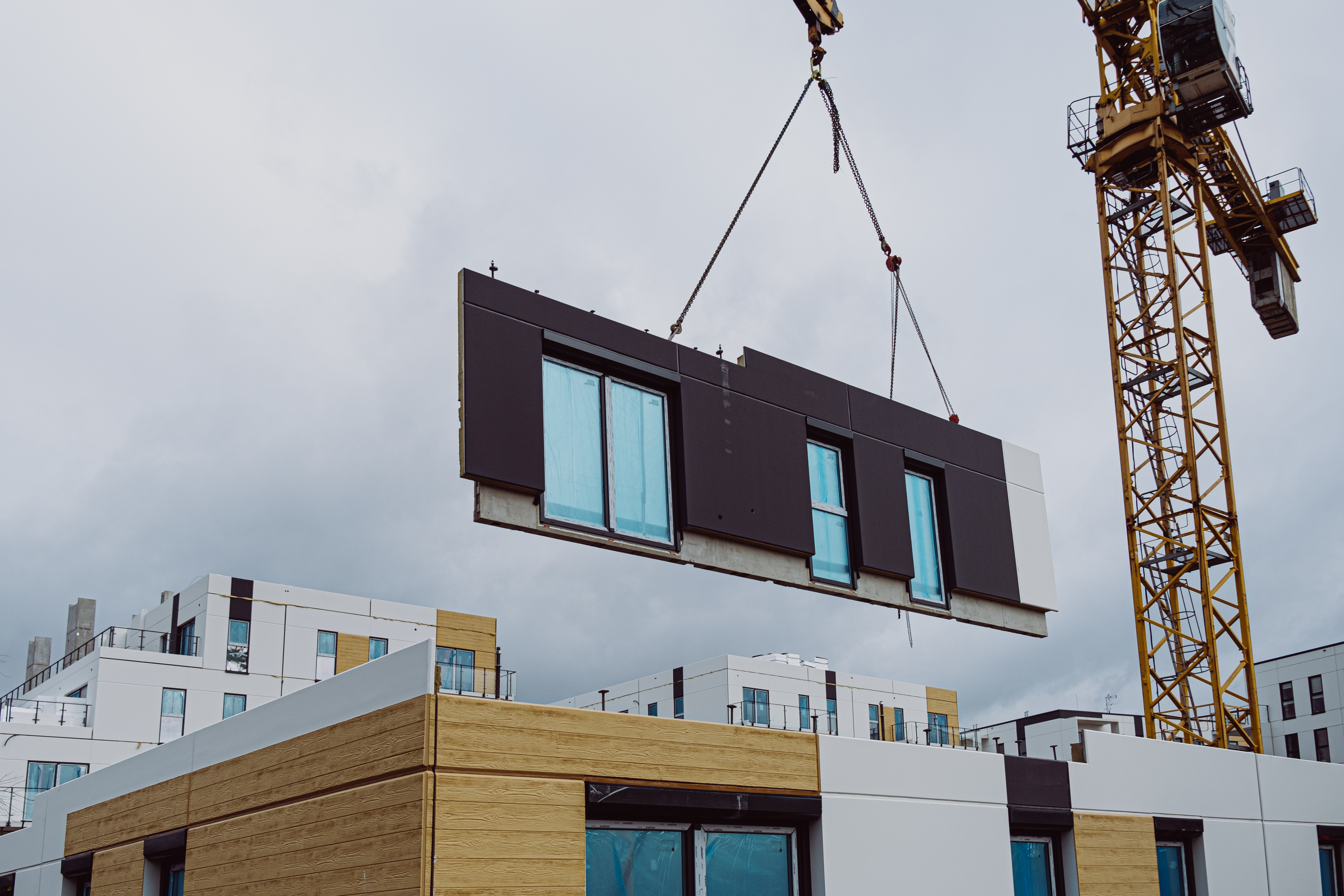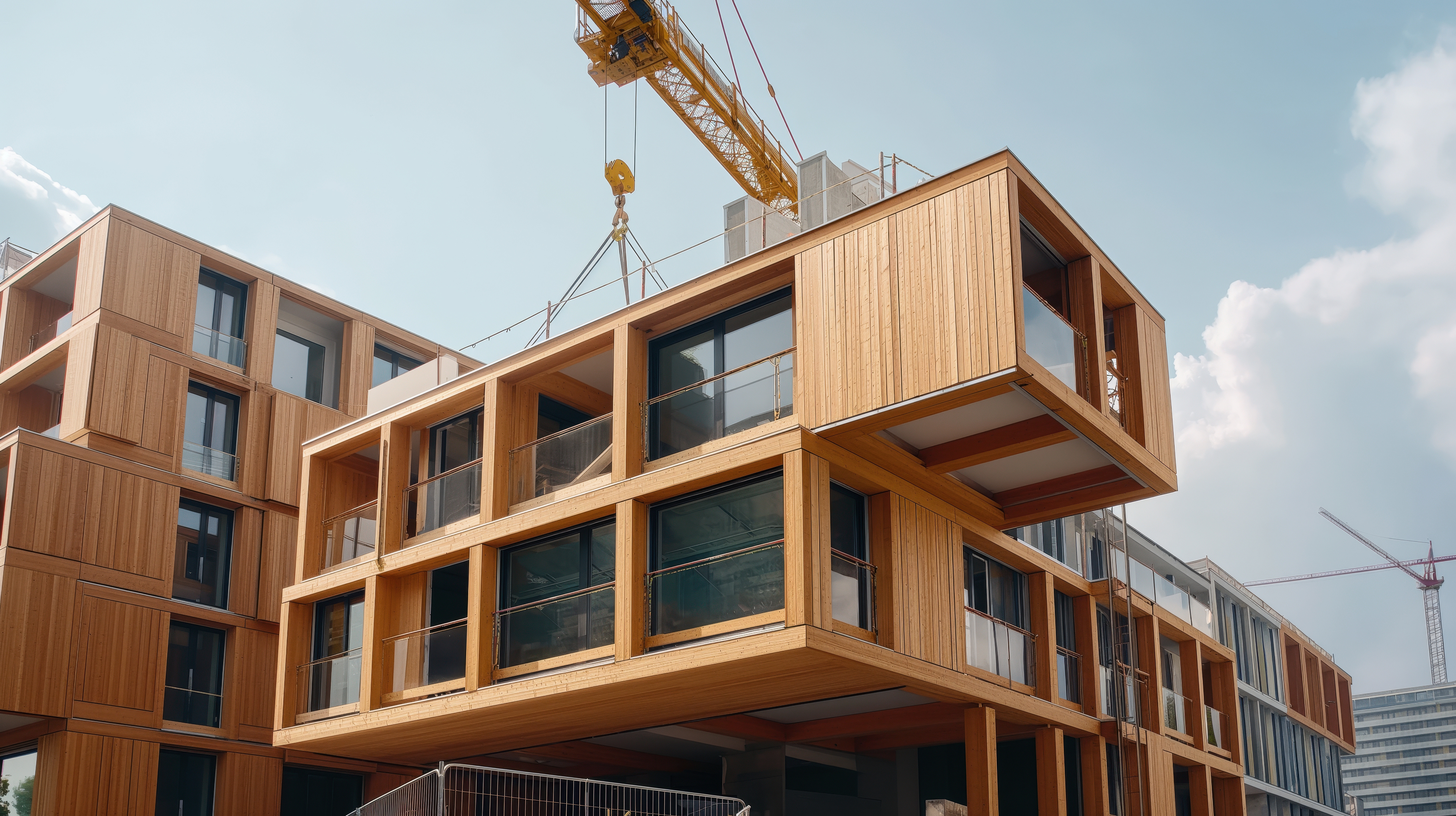When will housing finally become affordable… And how do we get there?
In last year’s King’s Speech, the first of the Starmer Administration, Labour took an emphatic stand on two key policy planks: first, that successive Conservative Governments had since 2010 “saddled the country with a chronic shortage of homes” and, secondly, that during that decade or so, “the dream of home ownership [had been] pushed further out of reach”. Now, Labour promises to do things differently… “building homes local people can afford” and “protecting green spaces”…but it’s the more eye-catching commitment from its election manifesto that catches the eye: to build 1.5 Million new homes over the course of the next four years.
The last Conservative Government promised to build a more modest Million new homes, but actually delivered 664,950; and no UK Government since 1951 has actually built more than 1 million new homes over the course of a single Parliament. So how seriously should we take this new commitment? Is it seriously achievable, and will it actually deliver more housing that “local people” can actually afford to live in? Let’s start with the scale of the challenge.
A New Home Every Two Seconds
Delivering 1.5 million homes over the next four years means completing a new house or flat every two seconds (in fact, 1.42 houses or flats every two seconds), and that’s seven days a week, twenty-four hours a day…every day of the year. Just how realistic is that? Well, the obvious answer is not very, especially given the current economic climate.
For example, between 2019 and 2024 (under the Johnson, Truss and Sunak triumvirate), the UK Government (directly or indirectly) produced just 248,590 new homes in its best year and 2017,750 in its worst (2020/21) (www.gov.uk/government/statistics/housing-supply): with a significant number of those being conversions from caravans and houseboats, so the actual best year figure was 198,610.
Even in aggregate, that’s way short of the rate Labour is now committing itself to, so the most ardent admirer of Kier Starmer should take a pause for thought (just by virtue of the raw statistics…never mind factoring in the hard economic fact that the current Government simply hasn’t got the money to embark on the promised scale of investment…ask Rachel Reeves if you don’t believe me).
Affordable Housing
Then there’s the vexed question of affordability (sitting uneasily at the heart of the new Government’s manifesto)…and it is certainly not a desiccated statistical issue: there are currently at least 354,000 of our fellow UK citizens either homeless or in dire housing need (surfing sofas at best, or sleeping on cold, hard pavements at worst (www.bigissue.com). Shouldn’t we be finding them homes to live in they can actually afford? Shouldn’t we make this, almost more than anything else, a policy priority?
Of course, we should.
But when the last UK Government produced a paltry 63,600 affordable housing units in 2022/23, this proved to be the highest figure in eight years (www.commonslibrary.parliament.uk), and you have to go back to 1951 (for goodness sake) before you find anything like the required number of new homes being built: in fact, more affordable homes were built in the few short years between 1947 and 1951 than were created in the fifty years since 1975. And, of course, it’s not just a matter of raw statistics: this affects ordinary people’s lives…354,000 into 63,600 simply won’t go.
All of which makes the current task facing Kier Starmer’s Administration all the more daunting. Since 2023, the number of new affordable homes has actually fallen by 2%.
A New Way of Building Better
But when it comes to advanced building technologies, building back better for our turbulent times, Modular Construction is in a class of its own: creating units and components in carefully controlled conditions, which can then be readily assembled on site, at a third of the cost of traditional construction, and twice as quickly too. That means more homes where we need them most.
So, if ever there was a paradigm for how we can meet accelerated housing need, Modular Construction is it…let’s just hope Kier Starmer and Angela Rayner are reading this.
Modulex
Modulex is a ConstrucTech Company working at the vanguard of emerging global construction: making use of 3D volumetric steel modular techniques: harnessing the power of emerging technologies, including AI, Blockchain and IoT, to meet burgeoning housing and infrastructure needs across the Globe. Delivering at pace and with optimal cost efficiencies.




.png?width=150&height=150&name=Untitled%20design%20(14).png)
.png?width=150&height=150&name=AFFORDABLE%20HOUSING%20(1).png)



Leave a Reply